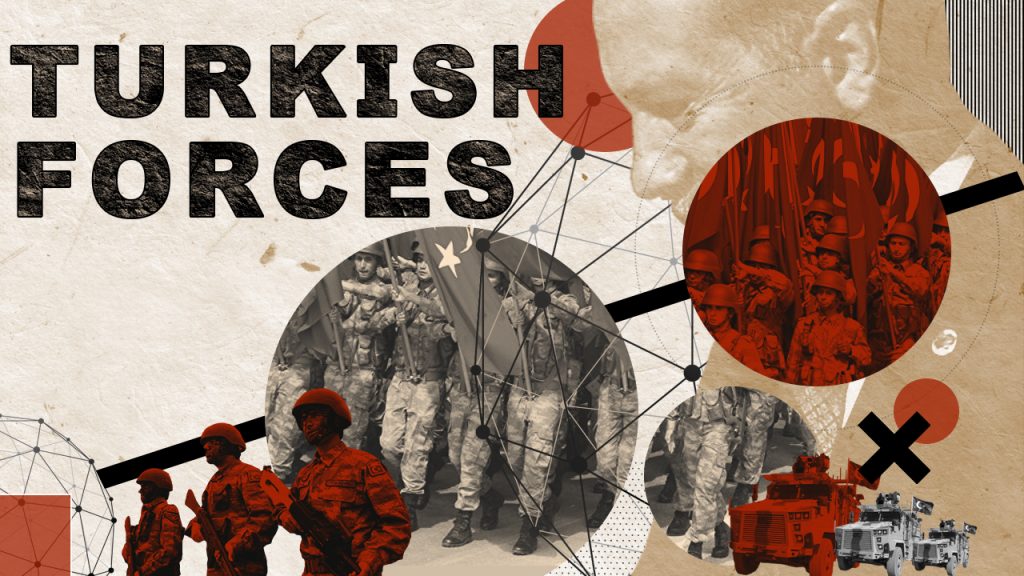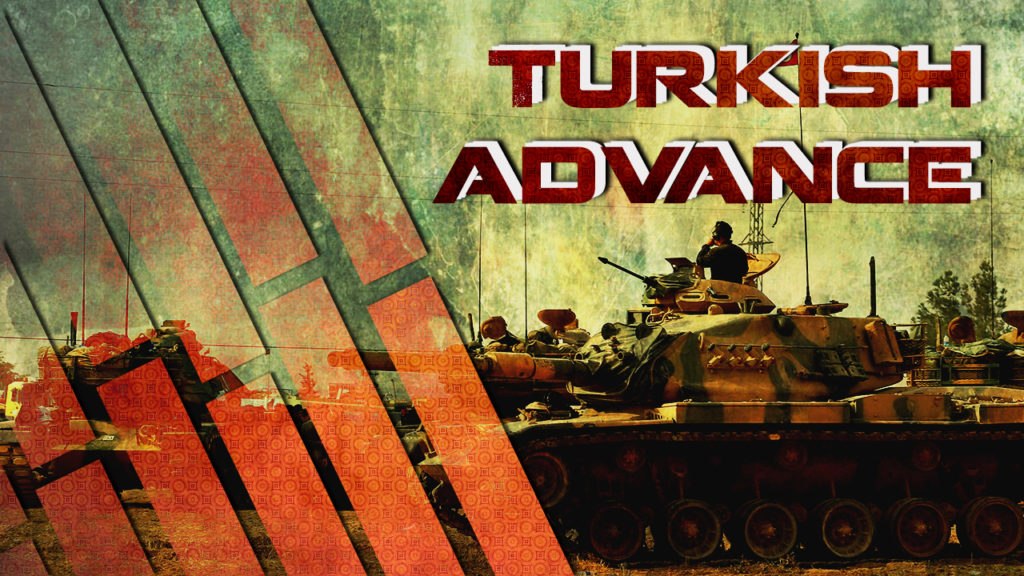Written by Lieutenant Commander A. Marinesko; Originally appeared at Foreign Military Review 2020 #9, translated by AlexD exclusively for SouthFront
You can read this article in German. LINK
After Turkey’s accession to NATO in 1952, the formation of the Turkish Special Forces (SF) began, driven by the presence of a conflict potential with the Soviet Union and the need to fight Kurdish separatism.
The first intelligence and sabotage unit in the structure of the General Staff (SG) of the Turkish Armed Forces, funded by the CIA of the United States, was created in September 1952 and was called the Mobilisation Tactical Group. Its task was to create an underground guerrilla group in the event of a communist takeover with a view on rapprochement with the USSR. Soon this group received its first combat experience during the armed conflict on the Korean peninsula (1950-1953).
In 1963, the process of creating Reconnaissance and Sabotage Forces (RSF) in the Turkish Armed Forces began. With the assistance of American instructors, three airborne groups were formed, which became the basis for the SF brigades formation of the ground forces (commandos), which are able to solve military intelligence tasks and counter-guerrilla warfare (primarily against the militants of the Kurdistan Workers’ Party).
At the same time, the Special Operations Forces (SOF) were created for the Turkish Navy – combat swimmer units for “underwater attack” and “underwater defence”, which are sabotage and anti-sabotage units, respectively.
The newest of the specific RSF were the search and rescue units of the Turkish Air Force, formed in 2001 from military personnel trained in France. In addition to the main task of search and rescue, they perform the tasks of advanced aircraft manufacturers.
In 1965, on the basis of the mobilisation tactical group, on NATO’s recommendation, the Department of Special Military Operations of the General Staff of the Turkish Armed Forces (Special Department) was created, which was additionally assigned the tasks of political terror, including the elimination of opposition leaders. Employees of the department, whose very existence was kept secret even from the country’s ruling elite, took an active part in the preparation and conduct of military coups in Turkey (1971 and 1980), and also in the operation for the invasion of Cyprus in 1974, during which, Turkish combat swimmers conducted reconnaissance of the island’s coastline and ensured the landing of the main landing forces.
After the end of the Cold War, due to changes in Ankara’s military policy in 1993, the Special Department was transformed into the Command of the Special Operations Forces (CSO of the General Staff of the Turkish Armed Forces). According to the color of the uniform headdress of the SOF servicemen, they began to be called “Maroon Berets”, which quickly took one of the leading places among similar units of other NATO countries thanks to an effective training program for personnel.
In July 2016, some SP officers (primarily from the Air Force) supported the coup attempt, after which a personnel purge began and many professionals, primarily the command staff, left the ranks of the SOF. This had a negative impact on both the quality of the personnel and the moral and psychological state of the servicemen.
The military-political leadership of Turkey attaches special importance to the development of the CSO, where are selected military personnel loyal to the country’s leadership and proved it during the suppression of the military coup attempt. The SCO includes the headquarters, three tactical commands (brigades) the operations training department, the SP air squadron and the rear.
The specific reconnaissance and sabotage forces of Turkey are currently represented by: in the GF – brigades and regiments of commandos; the Navy – detachments of “underwater attack” and “underwater defence”; the Air Force – search and rescue aviation squadrons.
Training of personnel of the Turkish SOF is conducted on the basis of training centers in the area of the cities of Ankara (SCO), Isparta (SOF commandos), Istanbul (Navy combat swimmers) and Izmir (Air Force SOF). Military personnel of NATO countries, Azerbaijan, Afghanistan, and Bangladesh, Georgia, Kyrgyzstan, China, Mongolia and Uzbekistan are also trained here. In addition, Azerbaijan and Georgia participate in the annual joint exercises with the Turkish SOF “Kafkas Kartaly”.
Currently, the country’s area control service (ACS) is actively used in Syria against the terrorist group ISIL (banned in the Russian Federation) and Kurdish self-defence units as part of Operation Source of Peace, which has been conducted by Turkey since October 2019.
As a priority task to increase the mobility of SOF units, the Turkish command considers the adoption of promising equipment of national production: reconnaissance and assault vehicles “Uranus” for the SCO, armoured vehicles “Cobra-2” and “Kirpi-2” for commandos of the ground forces, landing boats “Ares-65” and “Ares-125” for the Navy’s combat swimmers.
In order to increase the combat power of the GF commandos, work is being completed on the creation of a promising 105-mm towed howitzer “Boran”, which has a firing range of up to 17 km and can be transported by helicopter, which ensures its use in mountainous terrain.
Great importance is attached to new types of ACS equipment. So, in 2019, on the basis of the CSO of the Turkish Armed Forces, a special wing suit (“wingsuit”) was successfully tested and a decision was made to use such landing equipment. Along with this, the Turkish company “Aselsan” is developing a combat exoskeleton, the prototype of which is currently being tested.
In general, the Turkish intelligence and sabotage forces are comprehensively improving their level of training, despite the loss of many valuable specialists after the personnel purge in 2016, while they are actively operating in Syria and carefully studying the experience of fighting in the Caucasus mountains.






Speaking of Turkish forces, the White Helmets just got a 1.6 million dollar grant from USAID, the UK Foreign Office, and the Netherlands.
White Helmets awarded $1.6-million to manufacture PPE for health care workers in northwestern Syria – The Globe and Mail
https://www.theglobeandmail.com/world/article-white-helmets-awarded-16-million-to-manufacture-ppe-for-health-care/#comments
We also have combat swimmers.
After the coup still managed to burn some asses..well-done.